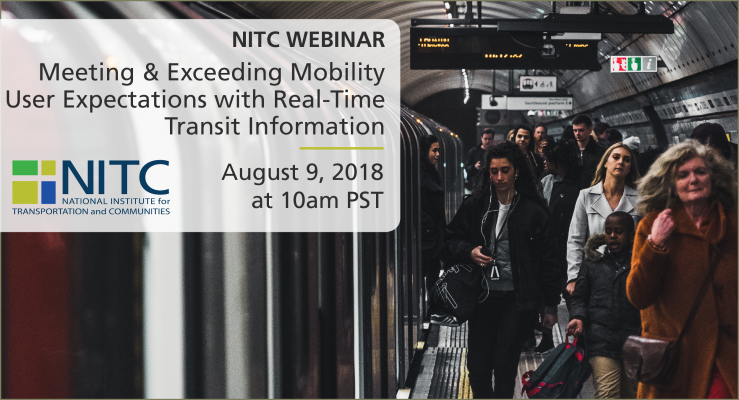Watch video
View slides
Summary: Transit serves as backbone infrastructure for many regional and local visions for sustainable urban development. Also, many modern policies predicate transit funding on the potential for transit-oriented development (TOD) near proposed infrastructure investments. However, little research has examined how TOD considerations have informed transit planning. This presentation discusses the results of recent dissertation research that fills this gap. Through multiple transit project case studies and interviews with nearly 100 transit planning professionals, this research categorized how transit projects across 19 U.S. regions were designed to foster TOD and how transit planning professionals identified TOD opportunities as projects were planned. During interviews, many professionals lamented the amount of real estate development that had occurred around the transit projects they helped plan. Analysis revealed that the ways in which professionals identified TOD opportunities helped to explain disconnects between their expectations and actual outcomes. The findings raise concerns about the effectiveness and efficiency of transit planning practice in the age of transit-oriented development and point to potential policy and practice changes that could address the issues.
Bio: Ian...
Read more

